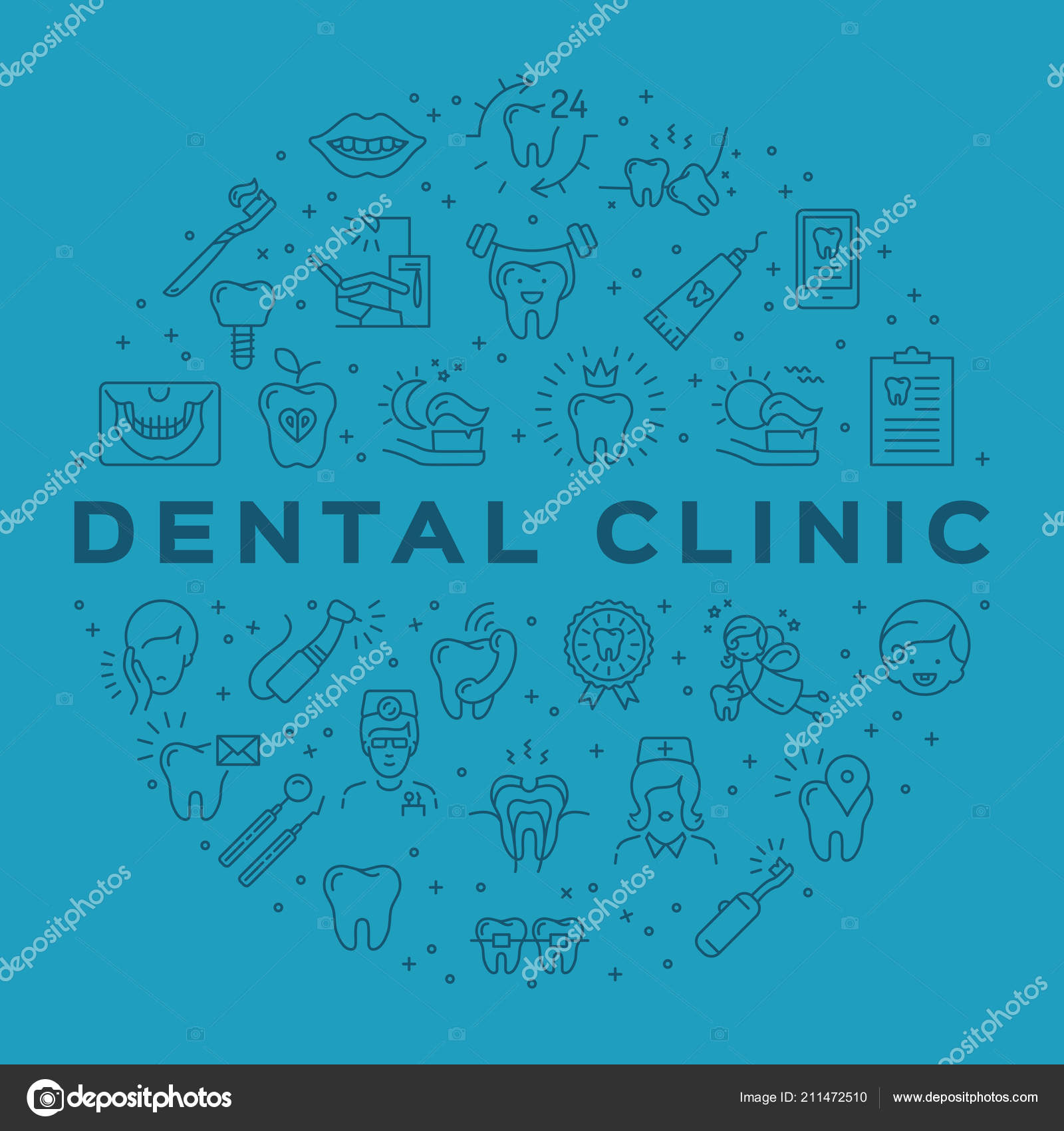A Comprehensive Contrast Between Invisalign And Typical Braces
A Comprehensive Contrast Between Invisalign And Typical Braces
Blog Article
Web Content Created By-Ring Vargas
When faced with the choice in between Invisalign and typical braces, you might wonder which option aligns much better with your lifestyle and choices. The selection includes greater than just the visual appeal; it explores factors like treatment duration, comfort, and lasting oral health effects. Think about the impact each choice might have on your day-to-day routine and confidence. As we explore the thorough comparison, you'll get understandings right into the nuances that make these orthodontic therapies one-of-a-kind and find which one may be the much better suitable for you.
Materials and Construction
When contrasting Invisalign to conventional dental braces, the products and building differ substantially. emergency dental extraction consists of clear, smooth plastic aligners personalized to fit your teeth. These aligners are essentially invisible, making them a popular choice for those seeking an extra discreet orthodontic treatment.
On the other hand, typical dental braces include metal braces that are glued to your teeth. These brackets are then connected by cords and rubber bands, applying pressure to slowly change your teeth into the desired setting.
The building of Invisalign aligners allows for a more comfy fit compared to traditional dental braces. The smooth plastic material decreases inflammation to your cheeks and periodontals, which is a typical concern with steel braces and cables. In addition, Invisalign aligners are detachable, making it much easier to comb and floss your teeth without any obstructions.
On the other hand, traditional dental braces are repaired onto your teeth, calling for added treatment and time for proper upkeep.
Maintenance and Oral Health
The upkeep and oral health techniques differ in between Invisalign and standard braces as a result of their special style and building.
With implant in tooth , you can get rid of the aligners when consuming or brushing your teeth, enabling you to preserve your routine oral hygiene regimen without any obstructions. It's vital to comb your teeth after consuming prior to placing the aligners back on to protect against food bits from obtaining entraped and creating degeneration.
On the other hand, traditional braces call for extra focus to maintain your teeth tidy. Food bits can conveniently get stuck in the brackets and cables, bring about plaque build-up and prospective tooth decay. You'll need to utilize special devices like interdental brushes or floss threaders to tidy between the cords and braces properly.
dentist offices and cleansings are vital to guarantee that your dental hygiene is in leading problem while putting on conventional dental braces.
Presence and Aesthetic appeal
Visibility and aesthetic appeals play a substantial role in the contrast between Invisalign and typical braces. When it pertains to look, Invisalign uses a clear benefit over traditional braces. Invisalign aligners are virtually invisible, making them a popular choice for those that favor a much more discreet orthodontic therapy alternative.
Unlike the noticeable metal braces and wires of traditional dental braces, Invisalign aligners are clear and assimilate with your all-natural teeth, permitting you to grin with confidence throughout your treatment.
Standard dental braces, on the other hand, are much more conspicuous as a result of their steel parts. While some may choose colorful bands to personalize their dental braces, others might really feel uncomfortable about the visibility of these orthodontic appliances. The noticeable look of conventional dental braces can sometimes influence an individual's self-confidence, especially for adults in professional setups.
Verdict
In conclusion, when picking between Invisalign and standard dental braces, consider your way of living and preferences. Invisalign provides a very discreet and comfortable choice with very easy upkeep, while conventional dental braces offer colorful modification but may influence self-confidence.
Inevitably, the decision needs to be based upon what works best for you in terms of visual appeals, benefit, and comfort. Make sure to talk to your orthodontist to identify one of the most appropriate treatment for your private demands.
